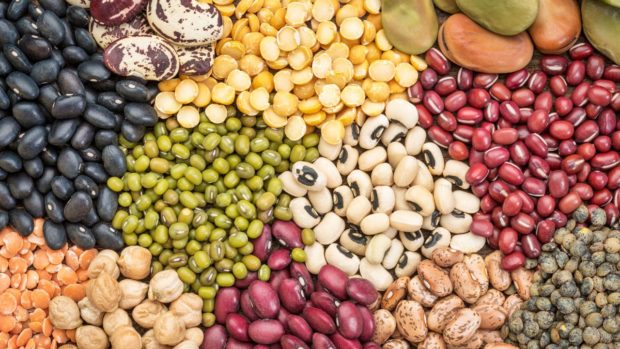
INQUIRER.net stock images
The Philippines is projected to import more pulses and other leguminous vegetables in the coming years as consumers increasingly opt for a plant-based diet, a report by the US Department of Agriculture (USDA) said.
“Local traders forecast Philippine imports will increase 5 to 7 percent annually in the next five years,” said the foreign agency in a market brief.
The USDA said the imports of these commodities had expanded by 48 percent in the past five years to $88 million in 2022.
“The key drivers include the country’s growing reliance on imports, the rising prices of animal-sourced protein and a growing trend toward plant-based foods,” it said. “Traders believe the United States is well positioned to increase its export volume by leveraging the Filipino consumers’ strong preference for U.S.-origin products,” it added.
Citing relevant government data, the USDA said the country had produced 166,600 metric tons (MT) of leguminous vegetables in 2021. It has declined by a compounded average of 1 percent in the last five years.
Green beans make up 75 percent of the domestic output, followed by mungo at 21 percent and sweet peas at 4 percent.
Locally-produced pulses accounted for only 27 percent (42,000 MT) of the country’s requirement in 2021 while the remaining 73 percent (116,500 MT) came from abroad. The report estimated the total market value of local and imported pulses at $130 million or P7.11 billion.
In 2022 alone, the country imported 124,500 MT of pulses, up 6 percent. This was equivalent to $82 million (P4.48 billion). More than half of pulse imports went to food. Munggo or mung beans and peas accounted for almost 90 percent of the total (111,000 MT).
The Philippines brought in almost 50,000 MT of mung beans last year valued at about $40 million (P2.18 billion), mainly procured by traders for food use. It also purchased 61,500 MT of peas totaling $34 million (P1.86 billion), 57 percent of which was utilized for food and 34 percent for feeds. The importation of other dry leguminous vegetables, excluding mung beans and peas, reached 13,000 MT amounting to almost $9 million (P492.47 million), mostly kidney beans, chickpeas and broad beans.
Moreover, the country brought in 4,300 MT of mixed vegetables (typically a medley of peas, green beans, corn and carrots); 5.5 MT of chickpea flour and 3,900 MT of prepared beans, chickpeas and peas.
Members of the Association of Southeast Asian Nations are the leading suppliers of imported pulses and other leguminous vegetables. Canada and the United States ranked second and third, respectively.


